The Europe 2020 strategy has introduced a new set of concepts for the development of the countryside. The goal of this development is sustainable, participatory and smart growth.
Growth, “spiced up” with different attributes, is at the heart of the countryside’s development. What is growth based on? Long-term growth is always based on demand. Therefore, at the core of developing the countryside is finding out from where future demand comes – whether it be on a global or individual level.
Global demand for the countryside comes particularly from the increasingly intense competition for land and natural resources, as well as from the need to tackle climate change issues by using renewable natural and energy sources. With a smart approach, the countryside can provide sustainable local solutions for global challenges.
The countryside is also subject to a new kind of individual demand. Consumer pioneers are seeking a balance in their life. Nature and peace, the most valuable assets of the countryside, appeal to them and have increased the Finns’ interest in living in multiple locations. The development of the Finnish countryside must anticipate this consumer demand and meet it with an open mind.
Customers as development partners
The countryside of the future will be shaped according to how well Finland can identify and create new demand in the countryside, and meet it. The Countryside in Finland’s Strategy workshop process, launched by Sitra last spring, has found answers to promoting the demand-based growth of the countryside in different ways.
The results suggest that customer-based development must be strengthened alongside region-based development. Customer-based development requires thinking outside the box from producers, service suppliers and customers. A customer-based approach is not only about trying to look at things from the customer’s viewpoint. Instead, new cooperation and operating models are required. In a new way, the customer must be the focus of operations, become involved in planning and developing the product and service range. New things are created when new people meet with each other.
What do customers need? In addition to continuous development, future success requires that a focus on solutions is adopted as an integral element of the countryside development culture. Future demand deals not only with physical products or services. Instead, success is increasingly defined by how well solutions can be offered for issues encountered by customers. Here are a few Sitra projects as examples to illustrate solutions for sustainable, smart and participatory growth:
- A decentralised bioeconomy operating model is an example of a sustainable growth solution. In the model, several different bioeconomy operators constitute a local business network where the waste of one producer is another’s raw material, and the final products, such as food and energy, are mainly sold to the local market.
- Service design is an example of a smart growth solution. It is about service innovation, development and planning by means of design. The added value of a product or service is increased by designing it with the focus on the user or customer so that the service matches their needs and the business goals of the provider. In particular, Sitra has developed service design in the field of rural wellbeing business. In addition, a pilot is being carried out with the Agency for Rural Affairs, where the service design toolbox is tested in the development of digital services.
- The ‘not-in-my-backyard’, or NIMBY, attitude causes difficulties for many sustainable development investments, whereby they encounter local opposition despite being positive in principle. One way to try to resolve this is to involve local parties in the investment project design, and even ownership, in which case a YIMBY phenomenon (Yes-in-my-backyard) is created. YIMBY is an example of a participatory growth solution.
Piloting for solutions
How can solutions be reached? How to find them? In addition to a design approach, we need to intentionally reinforce the piloting culture. The piloting culture corresponds to society’s rapidly increasing pace of change and to the tendency to validate new ideas at the start of the design process, rather than after a heavy and long design process, which is usually the case.
In the piloting culture, a new idea or operating model is trialled with a small practical dry run as soon as the idea has been conceived. The final operating model is built alongside, by learning from the pilot as you go. Therefore, the piloting culture is about developing a new mindset through activity, success and failure.
Sitra’s Piloting in the Countryside project performs small practical tryouts to realise and test new mindsets, models for cooperation and activity and incentive models. The practical experiments selected in the project will be implemented in August and September by means of the piloting culture, with a rapid schedule and a low budget.
Countryside hubs, such as the pop-up-hub implemented in Uurainen in mid-September, is a solution to identifying demand and linking that demand to supply. Field deals match the same need. The recycling farm pilot uses visualisation to produce solutions to identifying and controlling nutrient emissions caused by agriculture.
Likewise, one enemy of innovation is a lack of co-operation and communication, in situations where various autonomous groups work separately and become blinkered to other parties’ concerns. A more open innovation environment encourages better teamwork and greater success. To enable piloting, we are currently testing the piloting money funding instrument with the ELY centre of South Savo.
We will provide more information about the pilots at the Varaslähtö tulevaan (The Future is Now) event on 19 September which you can also attend over the Web. In the meantime, take a moment and consider what you could already pilot now.
Eeva Hellström’s speech (in Finnish only) at the seminar for the development programme of the countryside of Mainland Finland on 4 September 2012
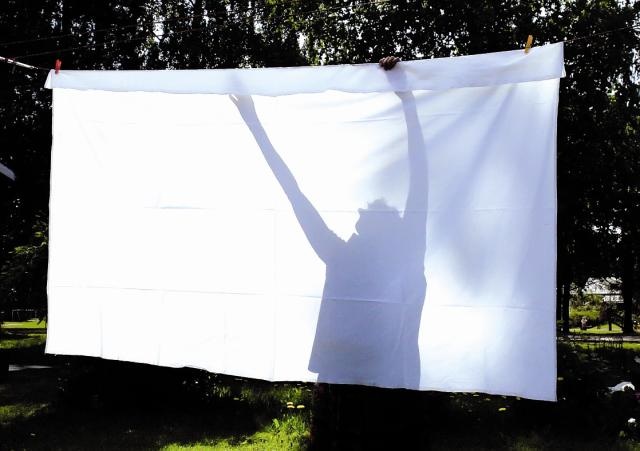

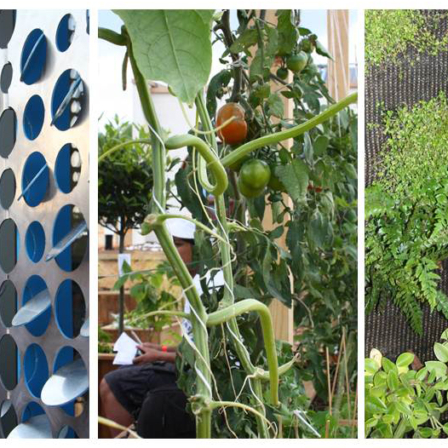
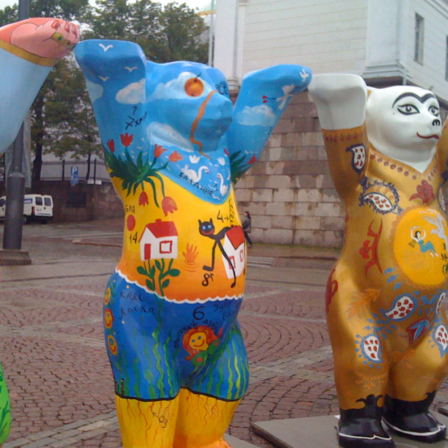
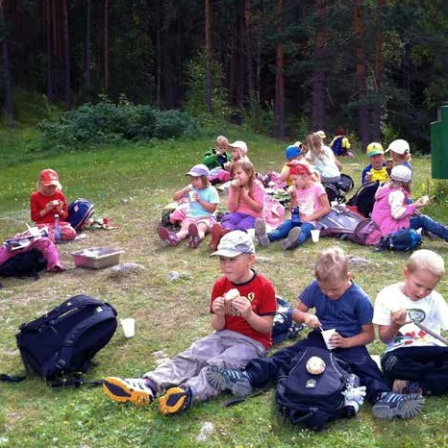


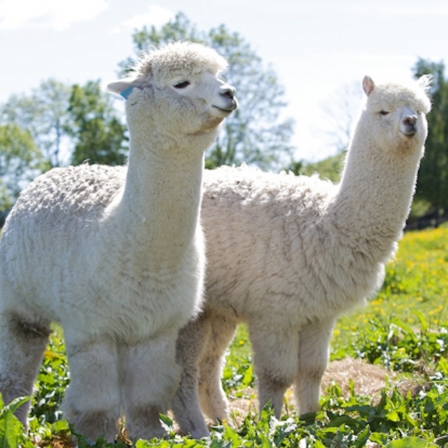
Recommended
Have some more.